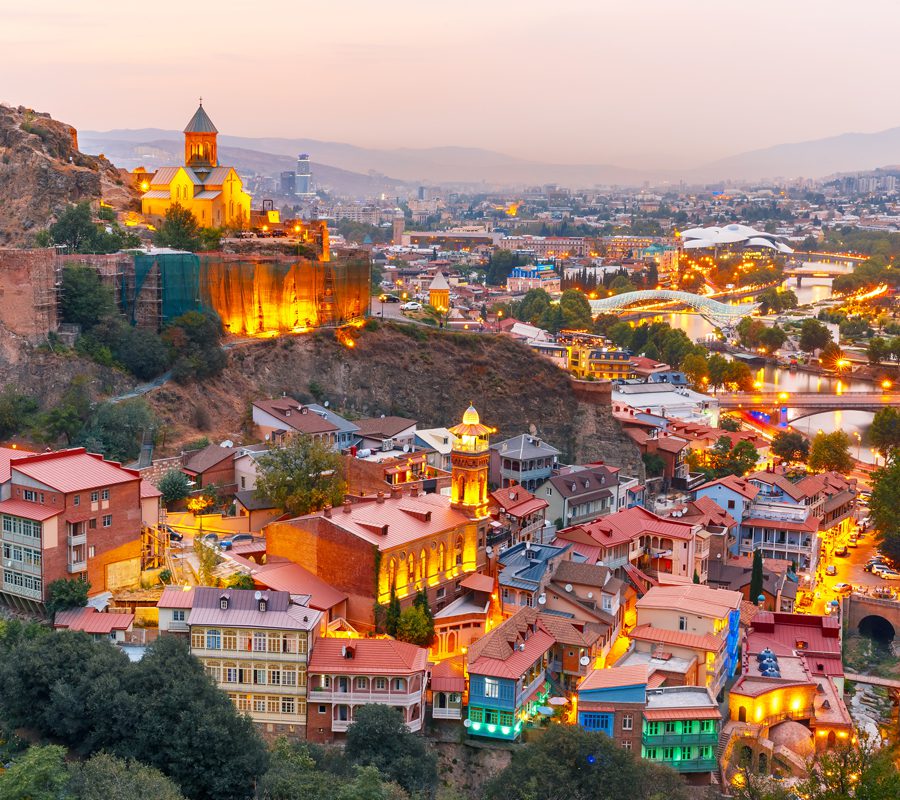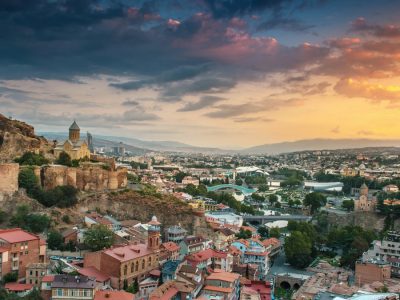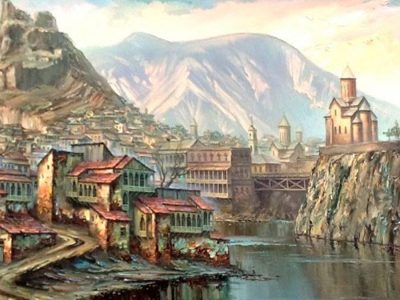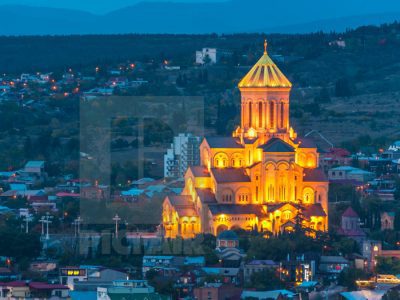OverView
Georgia the country (საქართველო, Sakartvelo) is located at the intersection of Eastern Europe and Western Asia. It is a part of the Caucasus region, bounded to the west by the Black Sea, to the north and east by Russia, to the south by Turkey and Armenia, and to the southeast by Azerbaijan. It covers 69,700 square kilometers (26,911 sq mi) and has a population of 3.7 million excluding the occupied territories.
The population of the country with a total area of 69 700 square kilometers is 3 720 000 people. It is amazing but on this small land, there are 26060 rivers and over 40 protected areas. That is why the vast part of the country is occupied by untouched nature.
Georgia is a representative democracy governed as a unitary parliamentary republic. Tbilisi is the capital and largest city, home to roughly a quarter of the population.
The roots of the Georgian people extend deep in history; their cultural heritage is equally ancient and rich. During the medieval period, a powerful Georgian kingdom existed, reaching its height between the 10th and 13th centuries. After a long period of Turkish and Persian domination, Georgia was annexed by the Russian Empire in the 19th century. An independent Georgian state existed from 1918 to 1921, when it was incorporated into the Soviet Union. In 1936 Georgia became a constituent (union) republic and continued as such until the collapse of the Soviet Union. During the Soviet period, the Georgian economy was modernized and diversified. One of the most independence-minded republics, Georgia declared sovereignty on November 19, 1989, and independence on April 9, 1991.
The 1990s were a period of instability and civil unrest in Georgia, as the first post-independence government was overthrown and separatist movements emerged in South Ossetia and Abkhazia.









